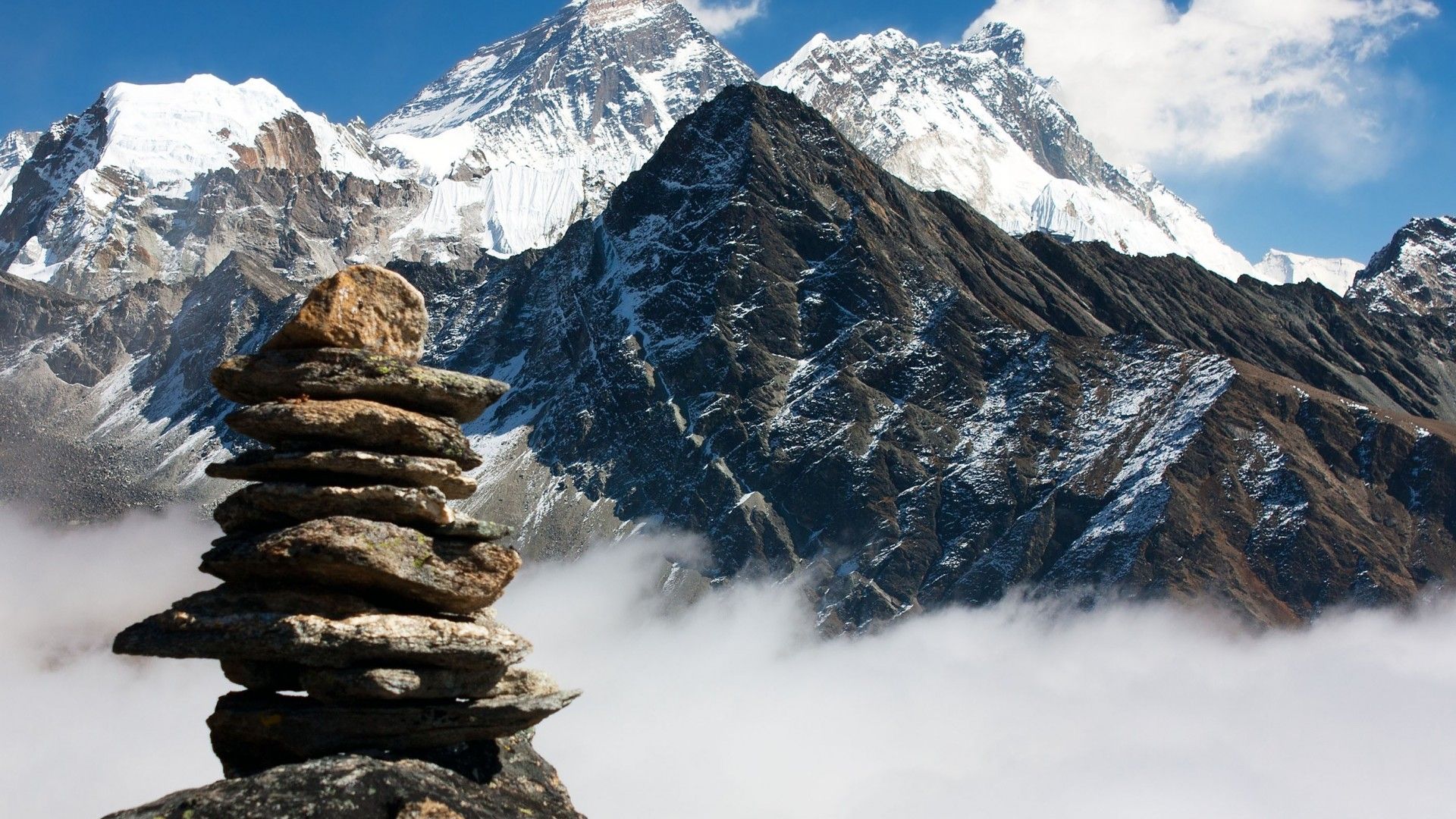Q1. Do I need a visa to visit Bhutan?
Not required for Indians
Q2. How much does it cost to visit Bhutan?
Bhutan operates a "high value, low impact" tourism policy, which means visitors must pay a minimum daily tariff to enter the country. The daily tariff varies depending on the season and the number of people in your group, but generally ranges from $200-$250 USD per person per day. This fee includes accommodation, meals, transport, and an official tour guide.
Q3. What is the best time of year to visit Bhutan?
The best time to visit Bhutan is during the spring (March to May) and autumn (September to November) when the weather is mild and dry, and the skies are clear. However, the monsoon season (June to August) can also be a good time to visit for those interested in lush green landscapes and cultural festivals.
Q4. What are some popular activities in Bhutan?
Popular activities in Bhutan include trekking, cultural sightseeing, and visiting Buddhist monasteries and temples. Bhutan is also known for its traditional arts and crafts, such as weaving, woodcarving, and painting.
Q5. How safe is Bhutan for tourists?
Bhutan is generally considered a safe country for tourists. The crime rate is low, and the local people are friendly and welcoming. However, visitors should always exercise common sense and take normal safety precautions when traveling, such as being aware of their surroundings and not leaving valuables unattended.
Q6. What is the official language of Bhutan?
The official language of Bhutan is Dzongkha, but English is widely spoken and understood, especially in tourist areas.
Q7. Do I need to be in good physical condition to visit Bhutan?
Bhutan offers a range of activities and experiences, from easy cultural tours to challenging treks. Visitors should be in reasonably good physical condition to participate in some activities, such as trekking or hiking. However, many cultural sites and experiences are accessible to all visitors.



